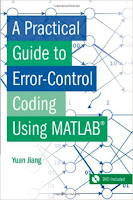Statistics for Business Analytics: Data Analysis with Excel
Statistics for Business Analytics: Data Analysis with Excel is a training course on the importance of statistics in business and business data analysis in Excel software, published by Udemy Academy. Statistical modeling is a very important skill for data analysts, and in this training course you will practice this skill with Excel software. Today, data has included all parts of our lives, and the success of business and various decisions in various industries depends on access to appropriate data and their correct analysis. The world is moving day by day towards a purely data-centric direction, and in this direction, many job positions have been created for data engineers and analysts.
This course is completely comprehensive and includes all the details of statistical modeling and business analysis. What you will learn?: Data Analysis with Excel:Basic principles and basics of statistics and their application in the world of business and various industries + Carrying out data analysis and analysis projects in the powerful Excel software environment + Various statistical methods and their exploitation to solve business problems and finalize data-driven decisions + Statistical assumption test with Excel software + Data-driven decision making and its principles + Business data analysis with descriptive statistics and statistical inference in Excel software + Construction and interpretation of various statistical models based on business data + Implementation of statistical analysis or regression analysis in Excel software to predict the future + Different techniques for analyzing huge and large data sets + Evaluation of different scenarios using available data ...











